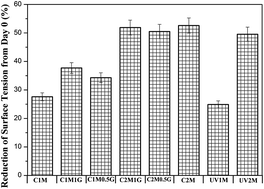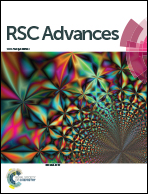Biotic oxidation of polyethylene using a bio-surfactant produced by B. licheniformis: a novel technique
Abstract
Polyethylene was incubated with a bio-surfactant producing bacterium B. licheniformis for 2 months in a suitable media. Low concentrations of NaCl were added to study its effect on the bio-surfactants activity. Being amphiphilic, the surfactant has a unique ability to decrease the surface energy, and this decrease measured using the surface tension of the medium was 50%. The surfactant was able to oxidize both control (unoxidized) and pre-oxidized polyethylene during incubation. The oxidation level of the control polyethylene sample was increased in the presence of NaCl, and the oxidation level was higher in the presence of 1% NaCl as compared to that found with 0.5% NaCl. A higher amount of surfactant was also produced, as observed by the comparatively low surface tension in the presence of NaCl. During the bio-oxidation of polyethylene, higher amounts of unsaturated hydrocarbons were formed as compared to carbonyl groups. This oxidation was also observed through the reduced crystalline property and cracked polyethylene surface using SEM. It was also observed that the product formed during the oxidation by the bio-surfactant could be solubilised into liquid media. For this rapid loss of oxidation product, a decrease in the mechanical properties of all the treated polyethylene samples was observed, and this deterioration was highest in the case of the pre-oxidised polyethylene incubated with the bio-surfactant for 2 months. In this study, a novel unique method for the bio-oxidation of polyethylene using a bio-surfactant was established.


 Please wait while we load your content...
Please wait while we load your content...